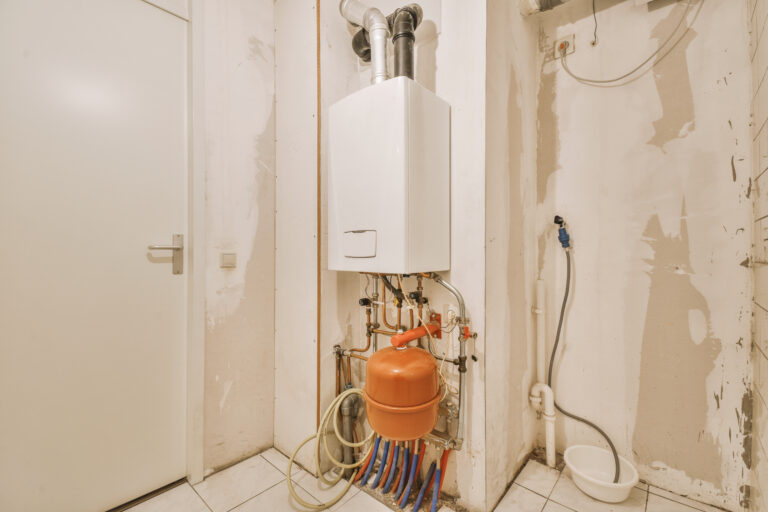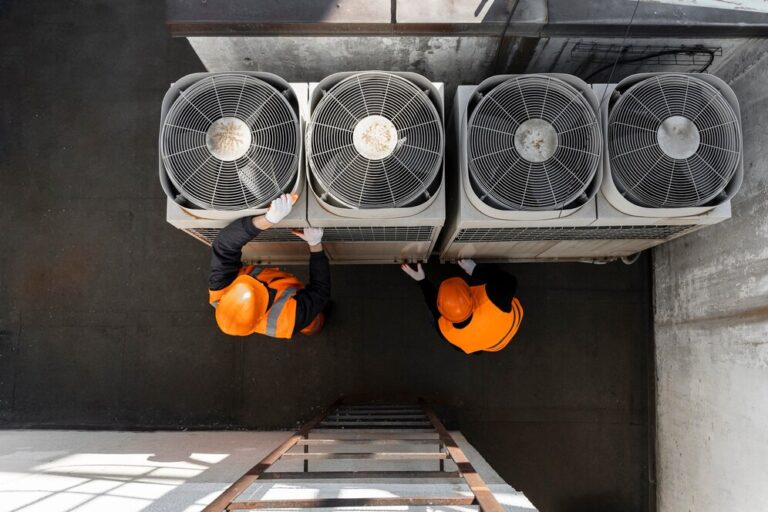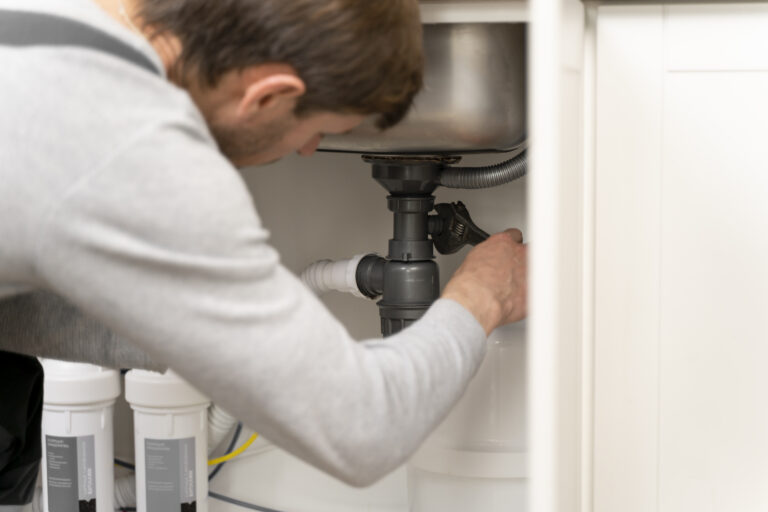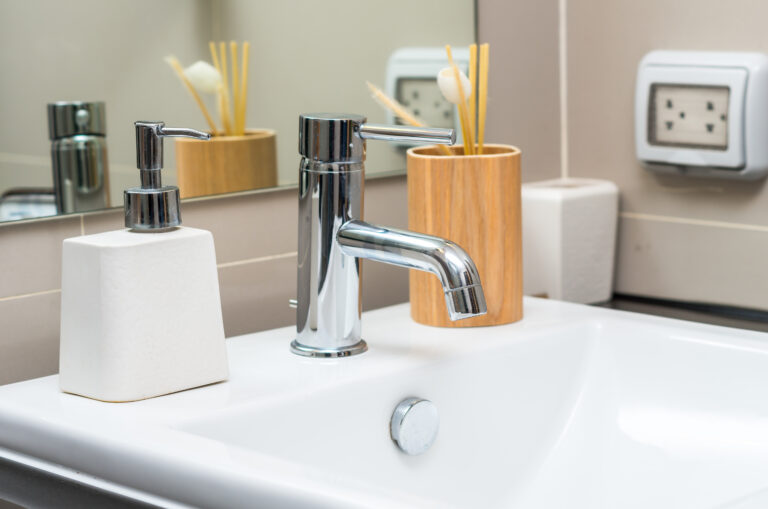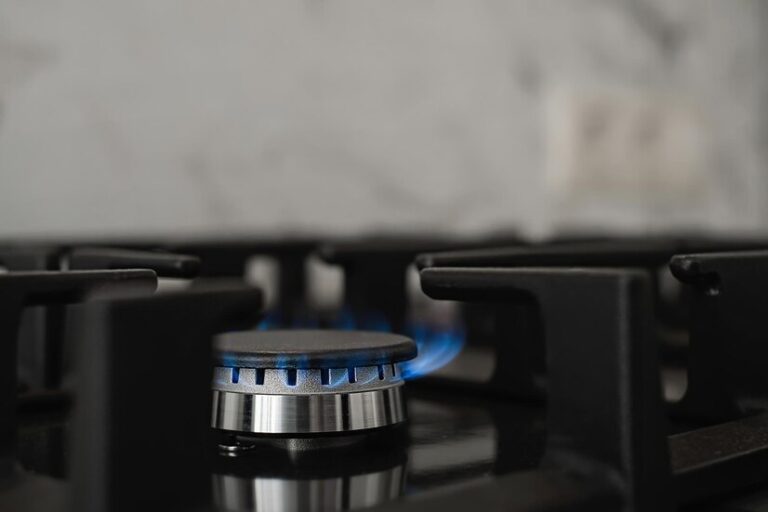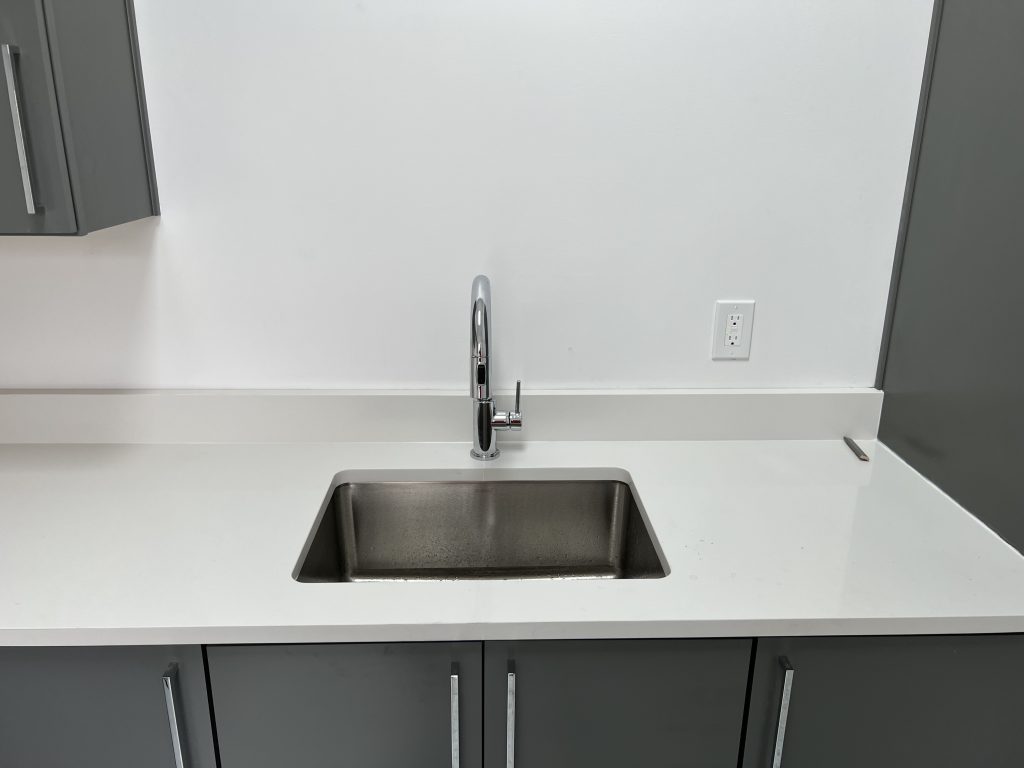Many people don’t take adequate precautions when drinking water, even though it is one of the safest liquids to drink. The Environmental Protection Agency requires public water systems to meet strict guidelines for water quality, making it safe to drink. Sometimes your tap water may seem different on certain days, but that’s not always a bad thing. There are several reasons why your tap water might suddenly get a brownish tint.
Why does my tap water look brown?
Many people have experienced dirty water coming from their taps, often wondering what causes this discoloration. In most cases, the water is simply stained from rusty pipes or naturally occurring minerals. However, there are a few instances where the discoloration may be caused by something more serious. It’s important to be able to tell the difference so that you can take the appropriate action. Here are a few of the most common reasons why your water might turn brown.
Naturally Occurring Minerals
Your tap water could be discolored for a variety of reasons. The most common reason for water to become discolored is when minerals have dissolved and disappeared. These are naturally occurring minerals, not contaminants or pollutants. They can come from your water source, or they can be treated before it gets to your tap water.
If there’s a strange color in your water after boiling it, these minerals are likely responsible for it. If this occurs regularly over time or if it happens after an earthquake, then there may be some kind of damage to pipes along the way, but if this is happening only occasionally, then it’s probably just natural mineral buildup from using hard water over time and boiling.
Corrosion from the Pipes
Corrosion of the pipes can be caused by several factors. The water you drink may be too acidic or alkaline, high in iron, or high in manganese. If you know that your tap water is treated with chlorine and still has brown spots appearing on its surface, then it’s probably because the chlorine concentration is too low or there are other impurities present in the water that could be causing this problem.
Corrosion can often occur when water passes through old galvanized steel pipe fittings and fixtures, as the zinc coating on these items can eventually wear off and react with chemicals found in the water, causing faster corrosion. This is why you should always check for signs of rust before using any old galvanized steel pipe fitting or fixture since they may contain lead paint underneath their protective layer.
Steel Pipes
Steel pipes are another common culprit. While steel is less likely to corrode than copper, it still rusts and causes brown water in your faucet. Like copper, steel will rust when it’s exposed to oxygen and water for a long period. The buildup of rust inside your pipes will make them unable to take in fresh water, causing discolored water. This can lead to leaks as well if not addressed quickly enough.
There’s also another reason why steel pipes may be more prone to developing brown stains: older homes were built before PVC was invented, which means that nearly all houses built before 1978 don’t have PVC, so they used lead or galvanized iron instead. Both types are susceptible to corrosion due to their composition and age respectively. If there’s been any sort of recent remodel or repair done on these systems, such as replacing old plumbing fixtures with new ones, then this could cause some problems as well due to how often changes happen, especially since most people aren’t aware of how bad it can get until later down line.
Hydrant Flushing
Brown water may be caused by hydrant flushing or another issue. Flushing a hydrant is a common way for cities to clean out their pipes and keep them in good condition. When a city performs hydrant flushing, the water that comes out of your taps may be discolored due to dirt, rust, or other sediments that get dislodged from inside the pipes during this process.
If you notice that your tap water has turned brown after having been clear before, contact your local government department (such as the Department of Public Works) to find out if there were any recent hydrant flushes in your area. If there were and you are still seeing discolored water coming from your faucets or shower heads, contact a plumbing service so they can check for defects in your home’s plumbing system, you might just need some repairs done!
Sediment Buildup in the Water Main
The most common cause of brown tap water is sediment buildup in the water main. Over time, minerals and other particles build up inside pipes, resulting in discolored water. This can happen if your home’s plumbing is older or has been neglected for too long. If you notice sediment on your faucet after running hot water, it may be because your water is contaminated. To fix this issue, contact a plumber who will inspect your pipes to determine whether they need cleaning or replacement.
Water Heaters and Water Softeners
In addition to the water itself, you may want to consider its source. If your home uses a reverse osmosis or distillation system, it will remove all minerals from the water and leave it clear. On the other hand, if you have a water softener or heater in your home which can be installed on either private wells or municipal lines, these systems can introduce minerals into tap water.
There are several possible causes for discolored tap water: “water heaters are known to cause discoloration when they’re new,” said Phil Reed, vice president of product development at Culligan International North America Inc., “as well as when they get older.” Similarly, he said that mineral deposits may build up inside of them over time, and this build-up could spill out through showerheads and faucets into bathtubs and toilets.
As you can see, the tap water turning brown is not something to be worried about. It’s more of an inconvenience than anything else and can be easily fixed if you know what’s causing it. So, why did your tap water turn brown? Maybe one of these reasons applies to your situation.
If You Have Brown Water, What Should You Do?
When you turn on your tap and brown water comes out, you may think your plumbing is in disarray. After all, when you pay for clean drinking water, shouldn’t it always be clean? The good news is that if you have brown water coming out of your faucet, there’s a good chance that it’s just because the water is old or dirty and not because your pipes are broken. Brown water can be caused by several different things including a buildup of organic material in your pipes or even tree roots growing into them! But before jumping to conclusions about what’s causing your brown-tinted tapwater, here are some of the things you can do when that happens:
Don’t Drink It
If you have brown water, don’t drink it. Don’t use it to brush your teeth, or for any other purpose that requires clean water like washing dishes, washing clothes, or washing cars. The color, odor, and taste of water are not reliable indicators of its safety or cleanliness.
If the brown water is temporary and the cause is known, they may ask you to boil the water before drinking it for a few days until the problem corrects itself. Bottled drinking water does not contain chlorine as tap water does; otherwise, it would be chlorinated like tap water.
Call Your Water Department
It’s important to call your water department if your water turned brown. They can help you figure out what to do next.
Once this happens when someone in your house has any open wounds on their skin (including cuts or scrapes), they should avoid using this tainted tap water on their wounds until further notice from their doctor or another medical professional who knows more about how these types of illnesses spread from person-to-person through bodily fluids like sweat and tears in addition to drinking/bathing with contaminated sources.
Run the Water in Your Bathroom and Kitchen Sinks
One way to test if your water is brown is to run the faucet in your bathroom and kitchen sink. This will help flush out any sediment that’s clogging up your pipes. If you have a water softener, run it until the water is clear.
Run the Water Outside at a Spigot
To see if your water is brown due to sediment, run it for a few minutes from a spigot outside. If the water runs clear, that’s good news! You don’t need to do anything else and can move on with your life. If the water doesn’t turn clear after running it for a few minutes, there may be another problem.
Flush Your Toilets
You can also flush your toilets. This will help reduce the sediment in your water system, making it easier to clean when the water is back. Don’t use any tap water until you know the extent of the contamination. If you live in a home with a well:
- Get an inspection from a licensed professional such as your local health department or county extension agent; if there’s bacterial contamination, they’ll be able to tell you what to do next.
- If there’s chemical contamination (which is less common), raise your pump’s intake above the surface level so that no chemicals can reach it and remove any equipment that may have been damaged by chemical exposure, this is especially important if there have been leaks at gas stations nearby.
Brown water is a common problem for homeowners, but it doesn’t have to be. Brown water can be caused by many factors, and knowing what to do can help you eliminate the issue.
If your water turns brown, call your water department or call a professional plumber who can help you fix it.
Repipe Your Plumbing System
The last thing you can do is call a professional plumbing service to help you with your plumbing problems. If brown water is continuously coming out of your faucet, it may be time to repipe your plumbing system. This is a good idea for several reasons.
First off, renewing your plumbing system is usually more cost-effective than fixing or replacing parts that get corroded over time.
Secondly, repiping will eliminate clogs and water pressure problems, which are common with old, corroded pipes.
Third, if you have copper pipes in your home or business, they can be recycled into new pipes.
Finally, recycling old pipes has environmental benefits, such as reducing the release of toxic metals into the environment.
DION’S COMPLETE Plumbing, Heating & Cooling
Dion’s Complete Plumbing, Heating and Cooling is a plumbing company with lots of experience to help you with plumbing issues. It’s always a good idea to call a pro when you’re experiencing plumbing issues.
Often, it’s hard for homeowners, renters, or landlords to know exactly what is wrong with their indoor plumbing. Plumbing leaks or pipe breaks can be hidden, making it challenging to see what went wrong. Problems can compound over time, so it’s important to fully resolve the problem quickly and with expertise. Our company offers drawing cleaning, leak detection, plumbing installation, bathroom plumbing repair, and more.
We provide services in Brighton and the surrounding areas. HVAC repair, heat pump installation, and air conditioning repair are also some of our expertise and we have plenty more. Contact us now for all your plumbing, heating, and cooling needs. Thank you for reading!

